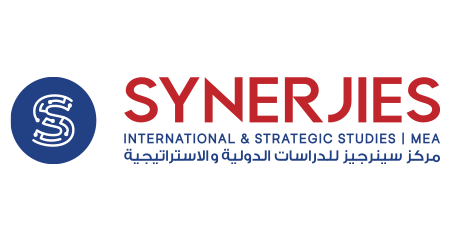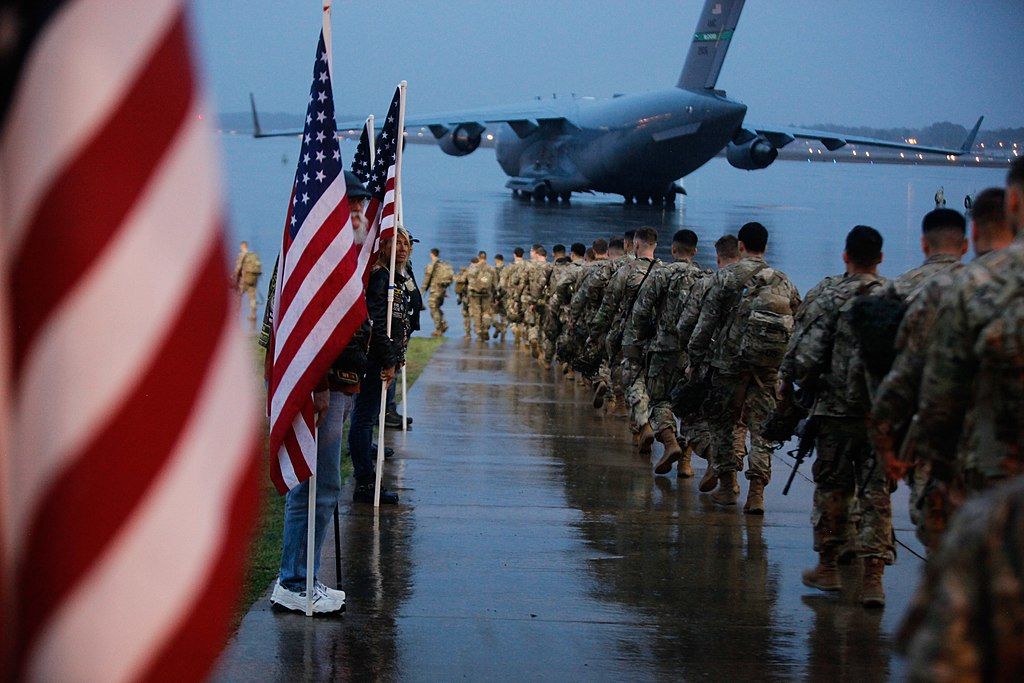[Opinion piece]
Around the year 100 AD, the Roman satirical poet Juvenal, described the then current affairs of the Roman populace by giving up on their historical birthright for political involvement and caring only for Panem et Circenses (Bread and Circuses). Juvenal was in fact describing his dissent for the declining heroism of contemporary Romans. “Give them bread and circuses and they will never revolt”. The phrase can be used to describe modern US foreign policy towards the Middle East.
Under the umbrella of “protecting our national security” the US has been involving itself more and more in Middle East affairs, intentionally neglecting the harm caused by this interference. Fueling and funding feuds and increasing tensions forcing Middle Eastern countries to scramble their resources to combat one threat after the other can only be viewed as a major distraction to intentionally suppress the rise and development of Middle Eastern countries. One thing the news lens does not capture quite so often is the lives of people affected by these feuds and tensions. The security threat that the current US foreign policy presents to the Middle East has resulted in forced immigration and economic and security threats to the populations of most countries of the Arab region.
The Middle East has always occupied a special place in global geopolitics, not only due to its location and control over vital maritime trade routes but also because of its rich energy sources; historically mostly oil and recently also gas with continuous discoveries in the Mediterranean and the Red Sea. However, instead of witnessing a developmental sprint and economic empowerment, the Middle East became one of the largest sources of refugees causing a burden on neighboring countries. How we reached this standpoint is not a mystery when you pay close attention to the past 10 to 15 years and specific focus on the past year of US foreign policy in the region.
In the aftermath of 9/11, the United States being a wounded lion announced its “war on terror” that later resulted in two major conflicts: Afghanistan in 2001 and Iraq in 2003. In retrospect, one could argue that the US has failed, either intentionally or out of negligence, to deal with the true root cause of terrorism, and to realize that a threat cannot simply be quashed using brute force without careful calculations for the aftermath. Ten years later, in 2011, Bin Laden is killed in a US raid on his compound in Pakistan. In Iraq, however, the situation was different. Three years after commencing the invasion of Iraq, Saddam Hussein was captured and sentenced to death by hanging. Details on the falsified claims of Iraq obtaining weapons of mass destruction, later leading to Tony Blair’s apology in 2015 stating “I express more sorrow, regret and apology than you may ever know or can believe”, as well as details on the brutality Saddam Hussein who was an authoritarian dictator that had caused suffering to his countrymen and neighboring countries, have long been studied and discussed. One fact, however, that is still in need of further discussion is how the US dealt with the aftermath of Iraq. What happened to the Middle East’s second largest army at that time after it was dismantled?
Arguably the worst decision ever taken in US history with regards to the modern Middle East was the “Coalition Provisional Authority Order 2” on May 23rd 2003 which disbanded the Iraqi military, security, and intelligence apparatus, paving the way for complete chaos in the country and arguably leading to the rise of violence in the region in the form of ISIS and its affiliated groups. As opposed to engaging the Iraqi army in the rebuilding of a new Iraq, their dismantling led to a vacuum that was later filled with ISIS; a display of how one wrong decision has complicated the region for many years to come causing endless ripples through the delicate fabric of the region’s geopolitics.
A series of mistakes and years later, the US decides to withdraw from Iraq, leaving a shadow of government and minimal rule of law; a country torn between sectarianism and fractions struggling to fill the vacuum of power left. A vacuum that is existing after the removal of Iran’s worst enemy Saddam Hussein a move which paved the way for Iran to enhance its activities in the region and connect with militia groups in Iraq significantly increasing its dominance over the country. Fast track a few years later, the Middle East witnesses the Arab Spring, a glimpse of hope for its peoples to remove authoritarianism and bring about change and reform. Though a few countries have survived the Arab Spring and managed to restore some order, many have suffered. Simply put, there were too many differences and arms on the ground paving the way for some countries to fall into chaos. Despite the fact that each country had a separate unique case, the result is close especially with Syria, Yemen, Libya and Iraq. Tunisia and Egypt have managed more or less to handle their challenges from security to economic issues, still however remaining in a fragile state by the burdens of the constant firefighting.
Ever since the occupation of Iraq, and accelerated after the Arab Spring, we have seen a gradual shift by leaders of the Arab nations away from coherently adopting US policy in the region. This is noticeable from diversification in arms purchases and military support, and from several regional alliances that sprang into action that, not only do not always include the US, but are sometimes outright against US interests or favors, a state which was not present before. Over the past few years, the US has managed to alienate itself within the Middle East due to its shifting policies and lack of profound understanding of the dynamics of the region. As a matter of fact, the US foreign policy within the region is arguably steadily becoming the largest threat to US national security. Given its recent policy stands on sensitive topics such as Jerusalem and the Golan Heights and the pulling out of the JCPOA, the US has managed to not only alienate itself from its presumed role as peacekeeper in the Middle East, but has also put itself in further conflict sparking more dissent and outrage from the peoples of the region, adding to the pressures that the regional governments have to manage to accommodate this rogue policy. Therefore recently we started seeing the repercussions of the long standing actions of the US in the region, actions that resulted in a realization by regional governments that US national interests in the region differ from the region’s national interest, and that actions derived under the umbrella of “threats to our national security” mostly do not end well for anyone.
But perhaps this change provides a new glimpse of hope with new power dynamics that are still unfolding. Previously the region’s center of powers remained unchallenged and unchanged with a dichotomic dynamic of Egypt on the one side and Israel on the other side after Iraq’s armed forces have been taken out of the equation and more recently the Syrian army as well. We now see a different power dynamic in the Middle East with a three-pillared front aiming to preserve the region and secure its stability with Egypt being the historic player and Saudi Arabia and the UAE growing in influence and power. This new dynamic has infused new ideas and is changing the foundations of decision making within the region, paving the way for the adoption of new governance methods and more modern solutions to persistent problems. As the power dynamics shift, new coalitions are formed, and more cooperation is being adopted with a better understanding of the regions’ problems and threats. Though it may appear that Saudi Arabia is a strong ally of the US, we see a clear shift to increase cooperation with China and Russia across the region, not necessarily following the US plan for the region but after carefully preparing a regional “home-brewed” recipe for the national interests of the Middle East.
It has become imperative for the US to adopt a better understanding of the region that it has long exploited. The Middle East can serve either as the world’s backbone or its largest threat in terms of security and keeping the peace. The “Bread and Circuses” strategy adopted currently by the US for the Middle East will have to change as it has long shown to be damaging for the region. Considering the socio-political change of the Arab Spring along with the new leaders of the region, coupled with the growing wisdom in decision making and independent foreign policy setting, it is best for Middle East nations to deal with their own problems and draft their own solutions. Calculations for the aftermath will then be more precise and reflect the true desire of maintaining peace and stability in the region, as opposed to causing further chaos and destruction by miscalculations that have been a result of negligence, lack of understanding, or perhaps even intentional.


